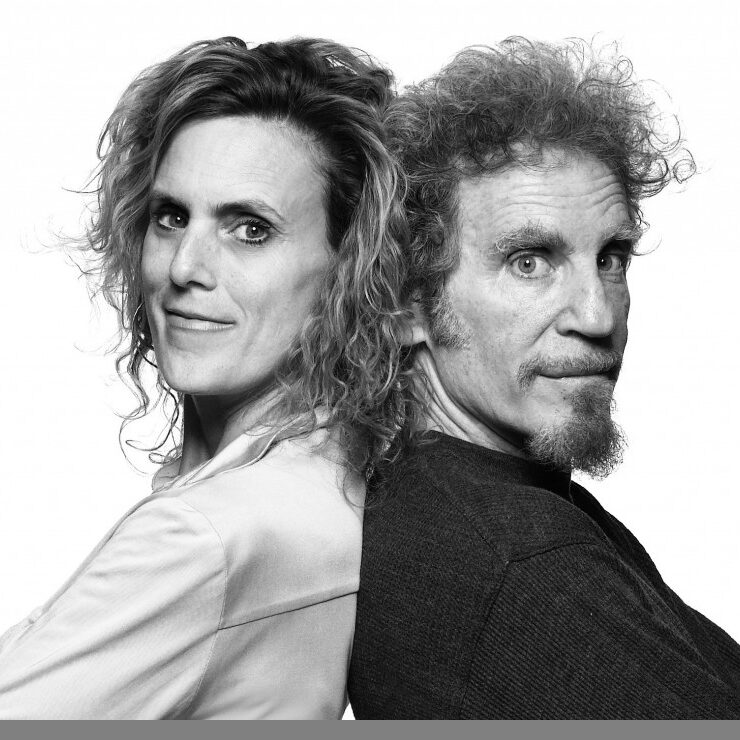Picasso’s apocryphal line, “Good artists borrow, great artists steal,” can apply to any industry, not just art–and if done correctly, it can create real innovation, not just derivative knock-offs.
Austin Kleon, author of Steal Like an Artist, has quoted Steve Jobs, who cited Picasso’s apocryphal line, “Good artists borrow, great artists steal.” No one knows for sure exactly what Picasso meant (or, for that matter, if he ever even spoke those words), but what is not in dispute is that Picasso was very clever when it came to theft. Instead of stealing from the celebrated artists of his day, which would have made him a second-rate version of Cézanne or Van Gogh, Picasso stole ideas from artists far outside his own milieu.
In 1907, he saw an exhibit of African art and promptly stole the exaggerated features and non-perspectivized visuals for his own work. When Picasso unveiled Les Demoiselles d’Avignon, his first work influenced by African art, he was hailed as a groundbreaking artist, at least by those who didn’t call him an immoral heretic.
Instead of copying abstract expressionism, Andy Warhol stole not only the content of commercial art–soup cans, Coke bottles, and images of Marilyn Monroe–but also the industrial means of image making, the silk screen. Some of the old school critics denounced him for “capitulating to consumerism.” But Warhol’s appropriations of commercial art were instrumental in changing the art world forever.
It’s no accident that many cutting-edge artists have been considered pioneers because they were equally clever at stealing concepts that had not yet existed in the fine art canon. Cindy Sherman stole the tropes of Hollywood film stills for her Untitled Film Still series. Basquiat stole the aggressive, scrawly primitivism of street art and graffiti for his paintings. Damien Hirst stole the design of museum display to create his installations of sharks, cows, and calves submerged in formaldehyde.
And, of course, to create never before seen ideas, anyone in any field can follow the lessons of Picasso and Warhol.
When Swiss engineer Georges de Mestral, hiking in the Alps, returned home with burrs stuck to his clothes and his dog’s fur, he examined the burrs under a microscope. Noting that the burrs had hooks that stuck on the loops of his clothes and his dog’s fur, he went on to steal the hook and loop configuration and created Velcro.
Twitter’s genius? To simply swipe the concept of short message service for mobile communication systems (SMS) and apply it to the Internet.
And when fan-fiction writer E.L. James grafted pornography onto the romance novel and came up with the “Fifty Shades” trilogy, she not only created a new genre but put the publishing industry on steroids.
So instead of putting your efforts into derivative ideas, say a round iPad or an auction site called eBoy that only sells items for men, why not do as the Picassos and Warhols do? Look at stuff that has nothing to do with what you do. If you work in social media, study anthropology. If you work in finance, look at great architecture. Whether you are an artist, an entrepreneur, or an aspiring muffin maker, if you want to generate novel ideas, look outside your field. Read fiction and scientific journals, watch movies and even cartoons, study old phone books or Sears catalogs, go to strange museums, take apart a toaster or an eight-track tape deck. Of course, any hybrid ideas you might generate would be just the beginning because bringing an innovative idea to fruition is a long hard slog with no guarantee of success.
There is a wonderful Leonardo Da Vinci quote in Scott Berkun’s “The Myths of Innovation” that sums up everything you need to know about seeking inspiration from where you may have never looked before: “Stand still and watch the patterns…. Stains on the wall, or ashes in the fireplace, or the clouds in the sky, or the gravel on the beach…. If you look at them carefully, you might discover miraculous inventions.”
Perhaps that Picasso fellow was onto something.
